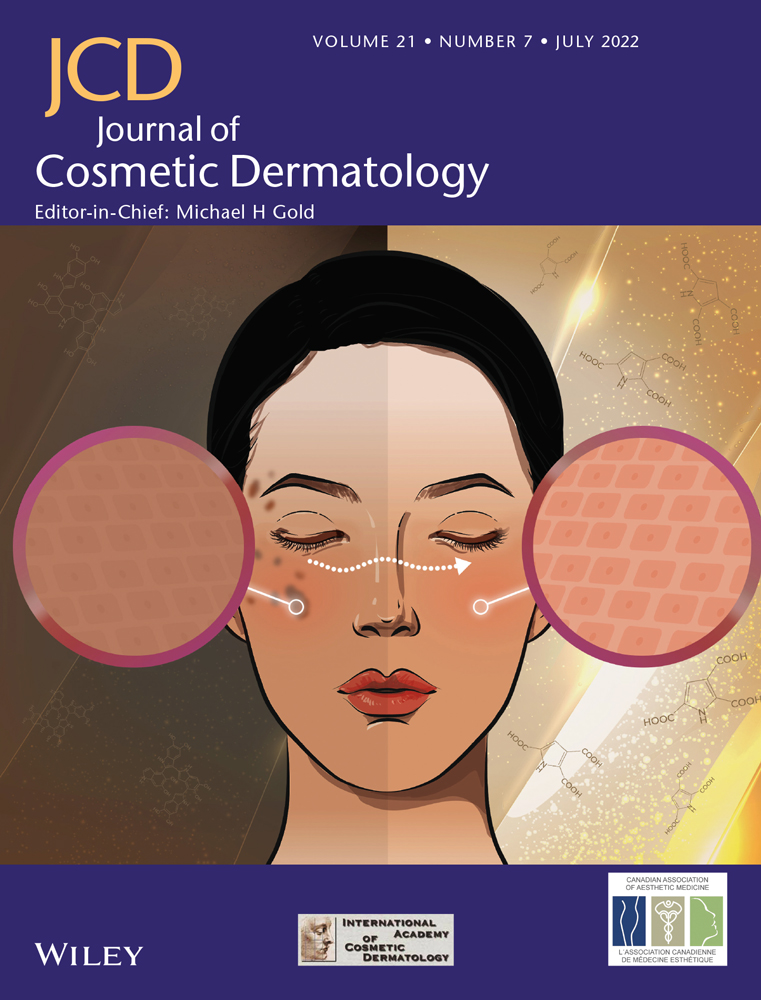Is there a correlation between the second to fourth digit ratio and vitiligo? A cross-sectional study
Funding information
None declared by the authors
Abstract
Aims
Vitiligo is a multifactorial, acquired skin disease of unknown etiology characterized by depigmented patches caused by melanocyte loss. The ratio of the second to fourth digits (2D:4D) is believed to be a marker of prenatal androgen exposure. Among the many hypotheses for melanocyte loss, one is that sex hormones may play a role in the development of vitiligo. In this study, we aimed to investigate a possible relationship between vitiligo and 2D:4D ratios.
Material and Methods
The participants in this study were healthy volunteers and patients with vitiligo. This study included 100 patients with vitiligo and 110 healthy controls. An electronic Vernier caliper was employed to measure the finger lengths. The Vitiligo Extent Tensity Index was used to rate the severity of vitiligo (VETI).
Results
The study included 100 patients with vitiligo and 110 healthy volunteers of similar age and gender. The mean age of patients with vitiligo was 27.000 ± 13.000 years for females and 30.612 ± 9.112 years for males, and the study sample included 54 (49.09%) females and 56 (50.91%) male patients. Patients' 2D:4D ratios were significantly lower than those of the controls for right hands (p = 0.0001). For left hands, there was no correlation between the 2D:4D ratio (p = 0.740). There was no statistically significant correlation between the VETI score and the 2D/4D ratio (left hand, p = 0.136; right hand p = 0.329).
Conclusion
To our knowledge, this is the first study to look at the link between 2D:4D ratios and vitiligo in the literature. The findings obtained in this study suggest that the 2D:4D ratio may be a predictor of vitiligo development.
7 CONFLICT OF INTEREST
None declared by the authors.
Open Research
DATA AVAILABILITY STATEMENT
The data that support the findings of this study are available from the corresponding author upon reasonable request.




